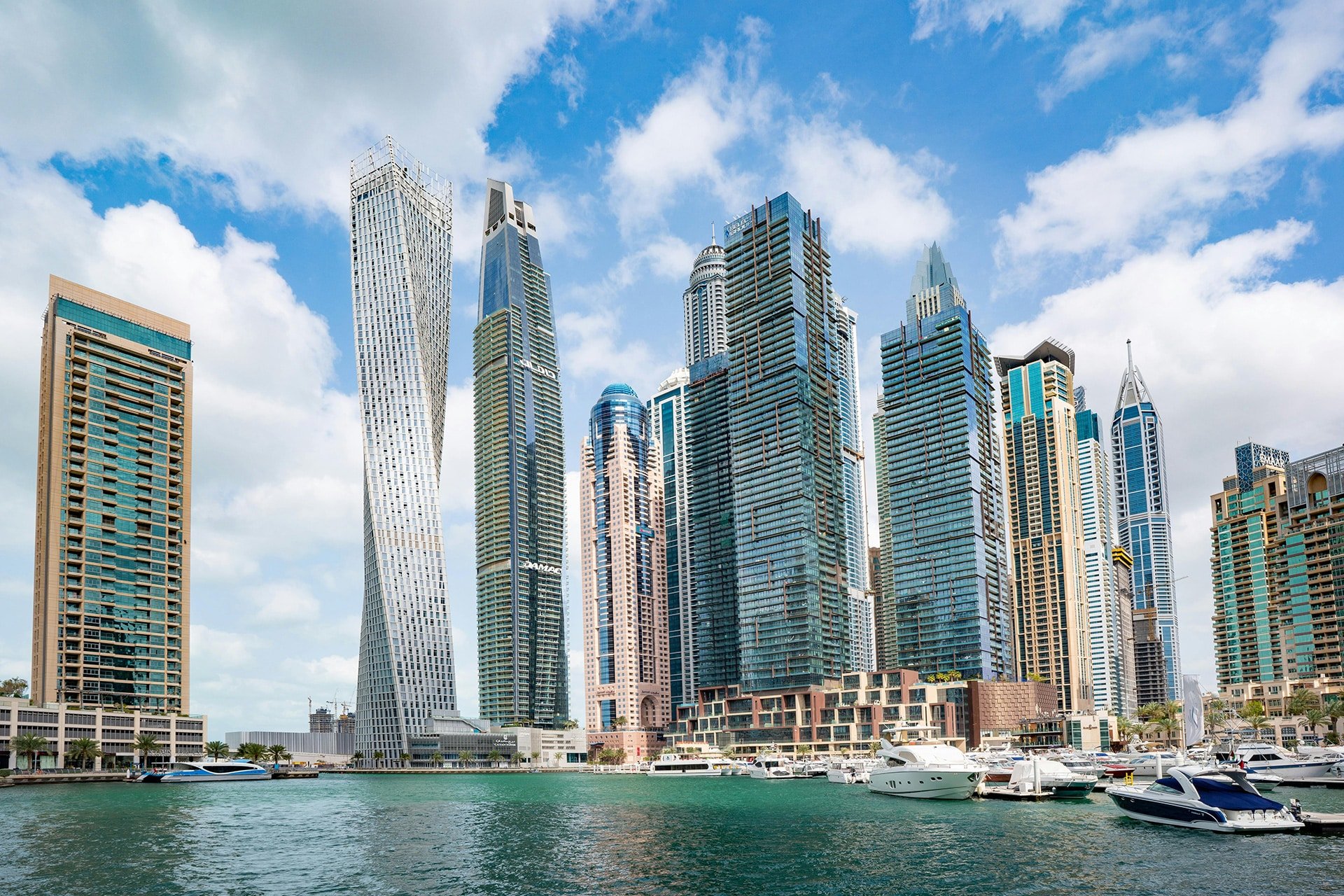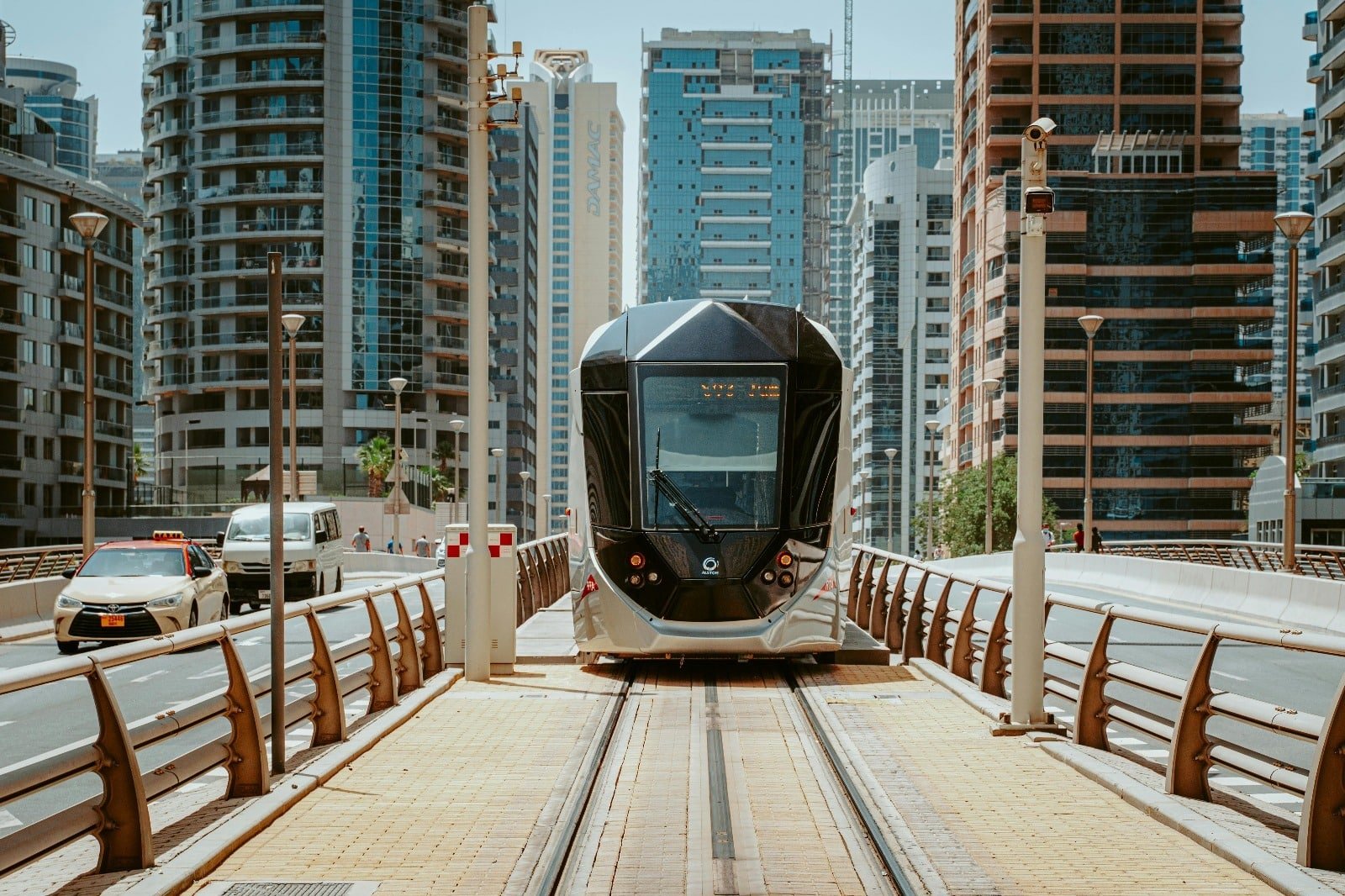One of the very first questions international investors ask when considering Dubai real estate is simple but crucial: “What is the minimum amount I need to invest?”
The skyline of futuristic towers and luxury villas often suggests that Dubai is a playground only for the ultra-wealthy. In reality, the city has deliberately structured its real estate market to welcome international capital at various levels, with clear regulations and transparent frameworks. For many, the entry ticket is significantly lower than expected.
At Innvesta, we believe clarity is the foundation of a sound investment. Based on more than a decade of on-the-ground experience, our mission is to guide investors through every step, providing realistic figures and a transparent overview of costs.
The answer to the “minimum investment” question depends above all on the type of market you choose: the primary market (off-plan) or the secondary market (ready properties). Let us break down each scenario.
The primary market (off-plan): The most accessible entry
For most international investors, the off-plan market represents the easiest way to access Dubai real estate. Off-plan properties are purchased directly from developers while still under construction. The appeal lies in both the lower entry prices and the flexibility of payment plans that are often free of interest.
Consider this example. Entry-level off-plan studios in developing communities such as Dubailand or Jumeirah Village Circle begin at approximately 700,000 AED, which is around 190,000 USD. Securing the unit usually requires a reservation fee of about one percent of the property’s value. The most important milestone comes with the first official payment, which typically represents 20% of the purchase price, around AED 140,000 (USD 38,000), plus 4% Dubai Land Department fees of approximately AED 28,000 (USD 7,500), bringing the total to about USD 45,500.
The remaining balance is not due all at once but is spread over the construction timeline, generally across three to four years, in structured installments.
This means that an investor can realistically begin the journey with as little as 45,500 USD while securing ownership of a property valued at over 190,000 USD. By the time the property is completed and handed over, its value may have increased due to the natural appreciation of both the development and the surrounding community. This built-in potential for capital growth is one of the key reasons why the off-plan segment has become the preferred entry route for first-time buyers.
The secondary market (ready properties): Immediate ownership
The secondary market refers to properties that are already built and ready to occupy. Unlike off-plan units, a ready property allows the investor to generate rental income immediately, making it particularly appealing for those who prioritize short-term returns and tangible assets.
However, this option can require a higher initial outlay. While prices fluctuate depending on location, studios on the resale market generally begin at around 500,000 to 800,000 AED, or between 135,000 and 220,000 USD. Because payment plans from developers are not available on the secondary market, investors usually rely on financing through local banks.
Mortgage conditions differ for residents and non-residents. Residents are expected to provide a minimum of 20 percent as a down payment, whereas non-residents are asked for 40 percent. In practice, this means that for a 700,000 AED property, a non-resident buyer would need to provide 280,000 AED, equivalent to approximately 75,000 USD, as an initial contribution. Additional fees apply, including valuation costs, insurance, bank processing charges, and DLD.
The secondary market thus demands a larger upfront capital commitment but provides the security of owning a completed property, alongside the potential to generate rental yields that typically range between five and eight percent per year.
Beyond the purchase price: Fees and associated costs
When calculating the minimum investment required, it is essential to look beyond the advertised property price. Several additional costs must be factored into the budget. The most significant is the Dubai Land Department (DLD) transfer fee, which is fixed at four percent of the property’s purchase price. For an off-plan studio worth 510,000 AED, this translates into 20,400 AED, or around 5,500 USD.
For off-plan properties, there is also the Oqood registration fee, which secures ownership during construction and typically ranges from AED 1,000 to AED 5,000 (USD). Agency commissions, typically set at 2% for primary ready properties and generally not applied to off-plan projects, should also be anticipated. Finally, buyers must account for ongoing service charges, which usually range from AED 10 to AED 60 per square foot annually, depending on the development.
Altogether, these costs usually represent an additional six to seven percent of the property price and must be included in any realistic forecast of the minimum investment.
Summary: The real minimum to invest in Dubai
When reduced to essentials, the numbers are clear. To enter the Dubai real estate market at the most affordable level, an investor should expect to spend around 700,000 AED for an off-plan studio. For those who prefer immediate ownership, the secondary market begins closer to 600,000 AED, with a higher upfront contribution required, particularly for non-residents using mortgages.
| Market Type | Avg Price per Sqft (AED) | Est. Studio Size (Sqft) | Estimated Starting Price (AED) | USD Equivalent* |
| Off-plan | 1,556 | 450 | 700,000 | ≈ 190,000 USD |
| Ready property | 1,333 | 450 | 600,000 | ≈ 160,000 USD |
So, what is the minimum investment required to buy property in Dubai? The answer is that you do not need millions!
Dubai has deliberately structured its real estate market to remain open, flexible, and attractive, offering a regulated environment with strong protections for buyers. At Innvesta, we ensure that this process remains transparent and stress-free, guiding you from the first payment to the handover of your keys.
The entry point may be more accessible than you imagined — but the real difference lies in having the right partner to turn that first step into a secure and profitable future.
















